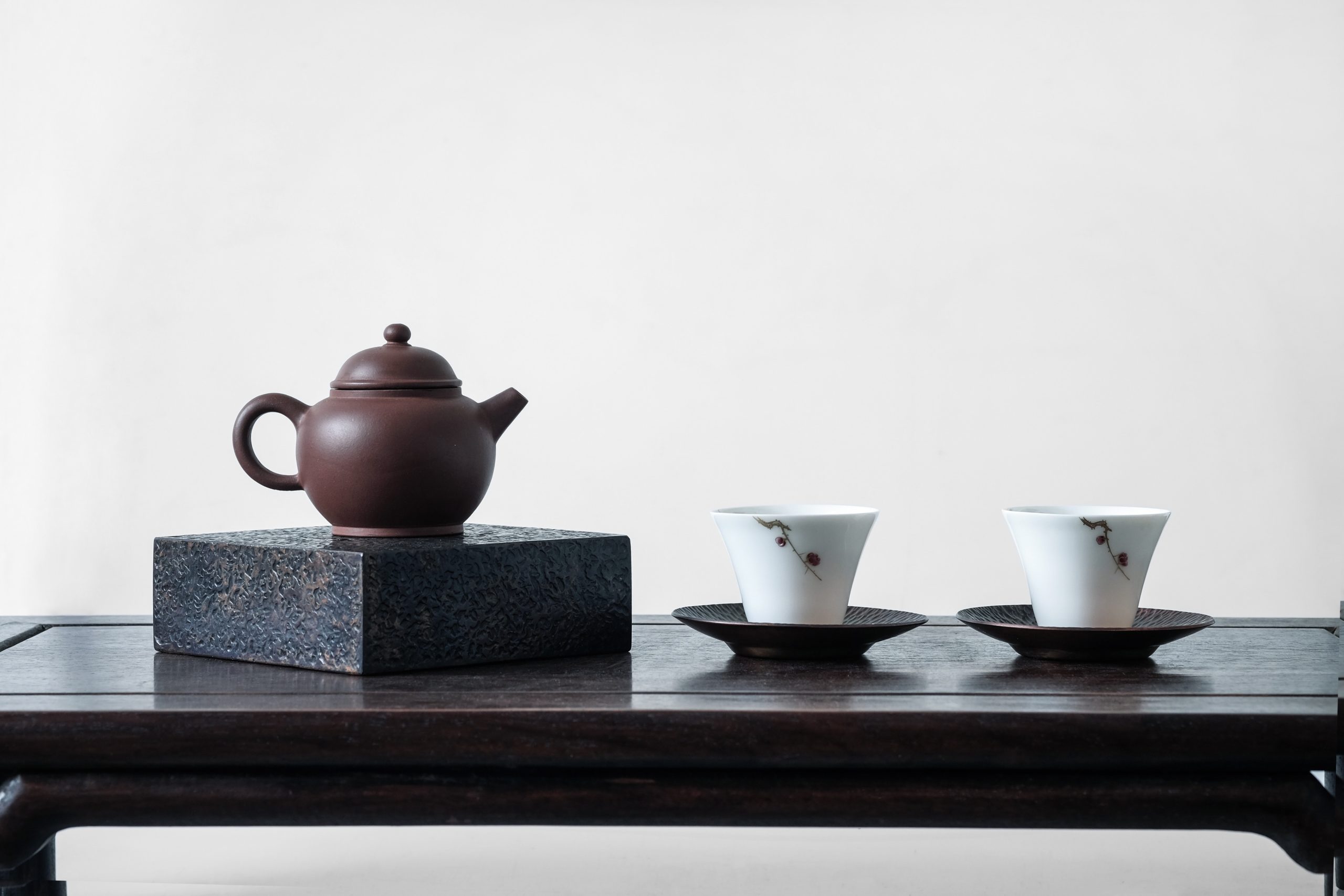Innovaatiot, Yllätys, Päättäväisyys ja Kilpailu: Tee Klipperin Syntymästä Tee Raceen.

Tee Klipperi -sarja, joka alkoi whiskey Cutty Sarkista, tutkii, kuinka Yhdysvalloissa syntyneet klipperilaivat järkyttivät Britanniaa ja kehittyivät lopulta kilpailulliseksi Tee Raceksi. Tässä artikkelissa esitellään tämä kehitys.
Aiemmat artikkelit Tee Klipperi -sarjassa ovat seuraavat:
Whiskey ’Cutty Sark’ ja Teen Välinen Suhde
Rakennetaan Suuri ja Nopeaa Laivaa Teelle! ’Klipperi’-laiva Typeryydestä
Klipperilaiva ’Clipper’, joka syntyi kahden amerikkalaisen typeryydestä, rakennettiin. Vuosina 1833–1849 kaupan vapauttaminen, kauppasopimusten allekirjoittaminen Kiinan ja eri maiden välillä sekä navigointilakien kumoaminen johtivat nopeaan edistymiseen vapaan kaupan kilpailussa. Tämä kilpailu ulottui tee-kauppaan Kiinan kanssa, joka oli aiemmin ollut Britannian monopoli.
Vuonna 1850 amerikkalaisten rakentama ’suuri ja nopea’ tee klipperi ’Oriental’ lähti Hongkongista ja saapui Britanniaan puolessa ajassa brittiläisiin laivoihin verrattuna, mikä hämmästytti brittejä. ’Oriental’-laivan tee-lastia ostettiin kaksinkertaiseen hintaan brittiläisten laivojen teestä, ja laivan omistaja vaati rahdin hintaa, joka oli kolmasosa rakennuskustannuksista, ja se maksettiin myös.
Se oli hetki, jolloin britit kokivat teen maailmassa tapahtuneen innovaation ja hämmästyivät.

Britannialla oli kuitenkin myös ylpeytensä. Tämän seurauksena brittiläisiä klipperilaivoja alettiin rakentaa, jäljittelemään amerikkalaisia klippejä. Kun tee-klipperien määrä kasvoi, kilpailu teiden kuljettamiseksi Kiinasta Britanniaan kehittyi nopeasti ’Tee Raceksi’. Brittiläiseen tyyliin Tee Raceen liittyi fanikerhoja, vedonlyöntiä ja palkintorahoja.
Innovaatiot teen kuljetuksessa johtui eksoottisista ideoista, avoimesta kaupasta, ylpeydestä ja rahasta. Tämän aikakauden ympäristö ja energia teen ympärillä olivat uskomattoman dynaamisia.
Vaikka innovaatio kukoistaa ja saavuttaa huippunsa, uusia innovaatioita tulee lopulta esiin. Loistokas tee-klipperien aikakausi ja Tee Race alkaisivat heiketä uusien innovaatioiden myötä. Seuraavassa osassa esittelemme uudet innovaatiot ja tee-klipperien aikakauden laskun.
Viitteet:
Beatrice Hohenegger, ”Tee: Juoma, joka Muutti Maailmaa,” suomentanut Noriyuki Hirata, Hakusuisha, helmikuu 2010, sivut 170–173.
Isobuchi Takeshi, ”Teekupin Maailmanhistoria,” Bungeishunju, elokuu 2005, sivut 103–107.





